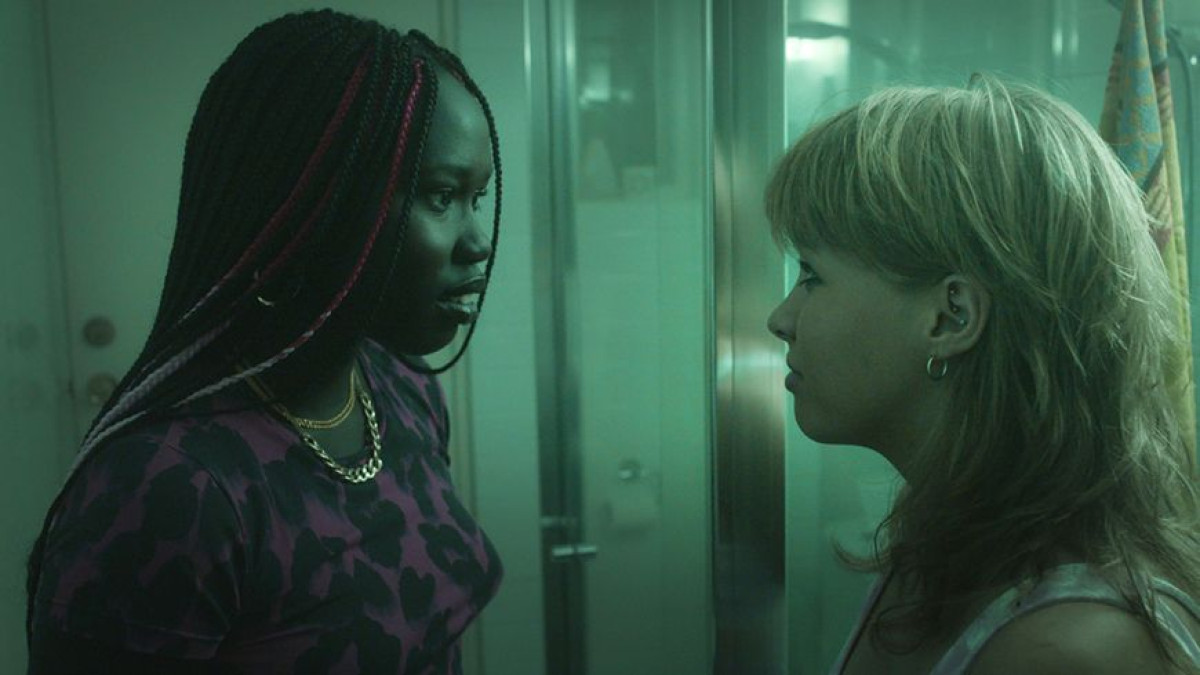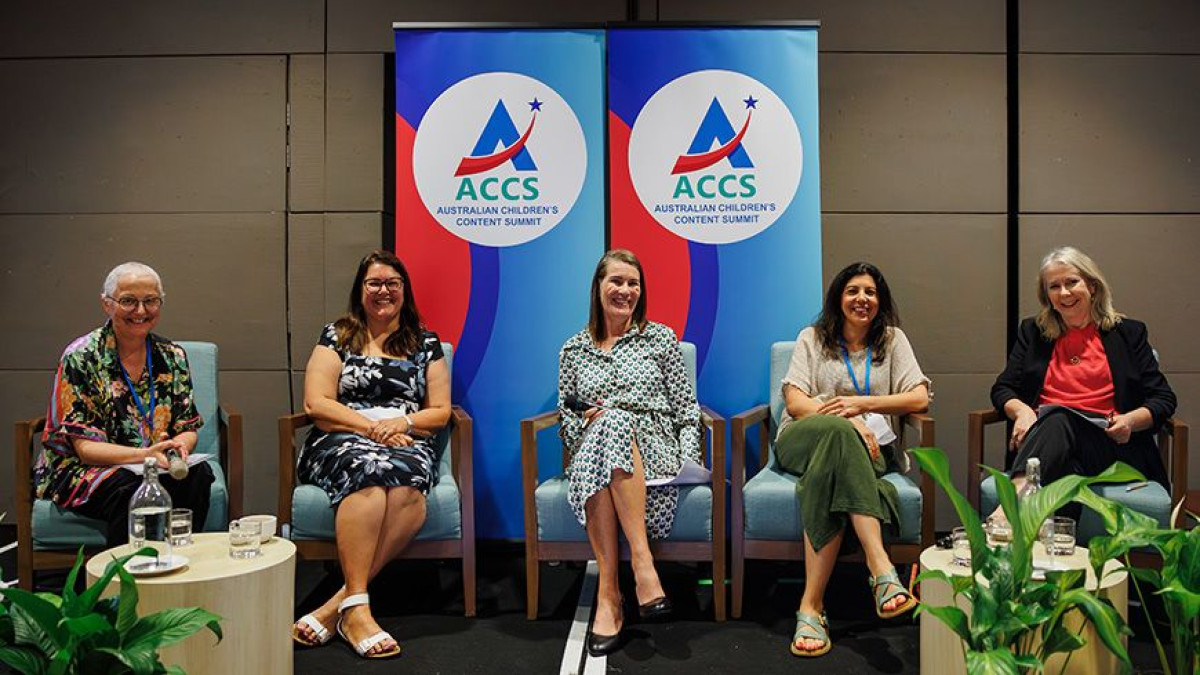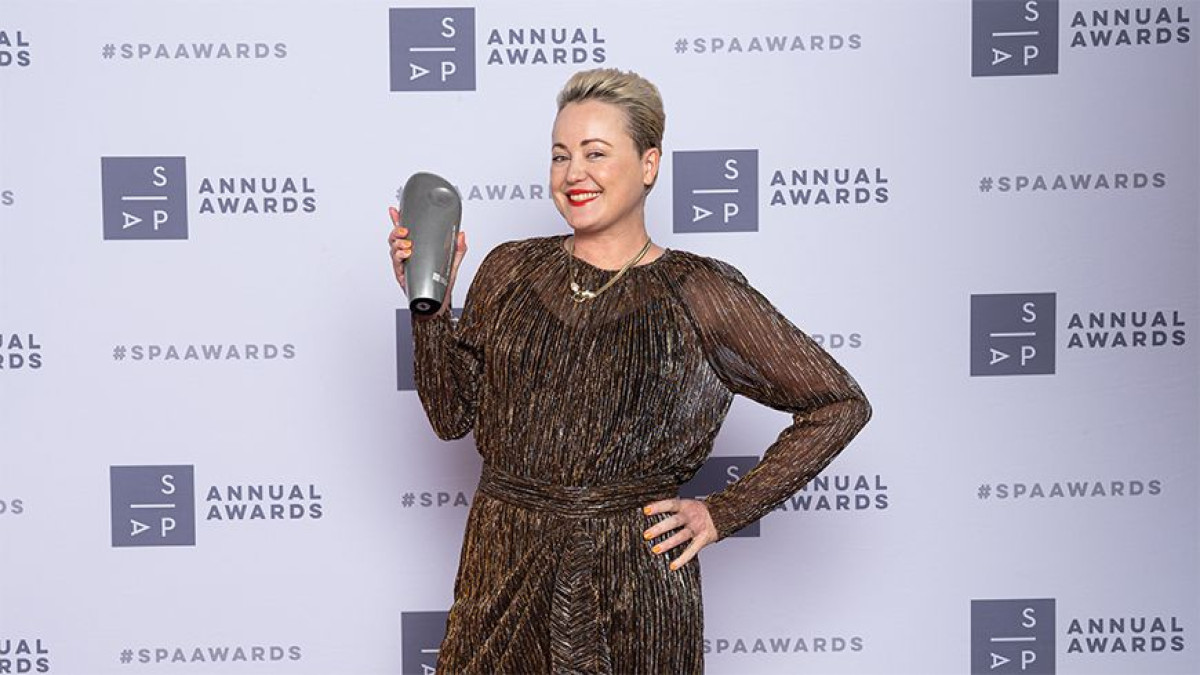ACTF News
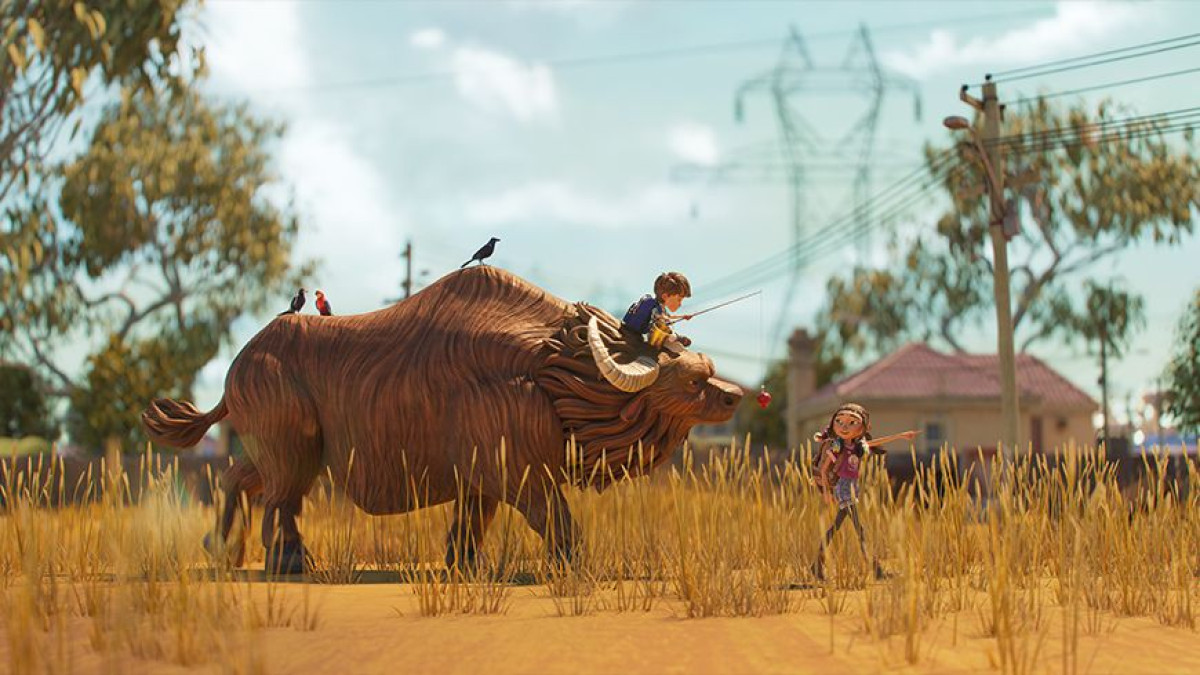
The upcoming television adaptation of Tales from Outer Suburbia makes its debut this week at the prestigious Annecy International Film Festival in France, which celebrates the best of international animation.
Episode 3 of Tales from Outer Suburbia ‘Distant Rain’ was selected to screen at the festival out of more than 3,900 submissions from a hundred countries.
Tales from Outer Suburbia is based on the multi-award-winning anthology series by Shaun Tan, which has been translated in 28 territories around the world.
Ahead of the release of the series on the ABC in Australia and BYUtv in the USA, Shaun – who is also the Creative Director of the TV adaptation – introduces the mystical world of Tales from Outer Suburbia and describes the collaborative process between him and the talented team who have helped to bring the book to life, which includes longtime collaborator Sophie Byrne from Highly Spirited and Producer Alexis Gates-Foale and Director Noel Cleary from Flying Bark Productions.
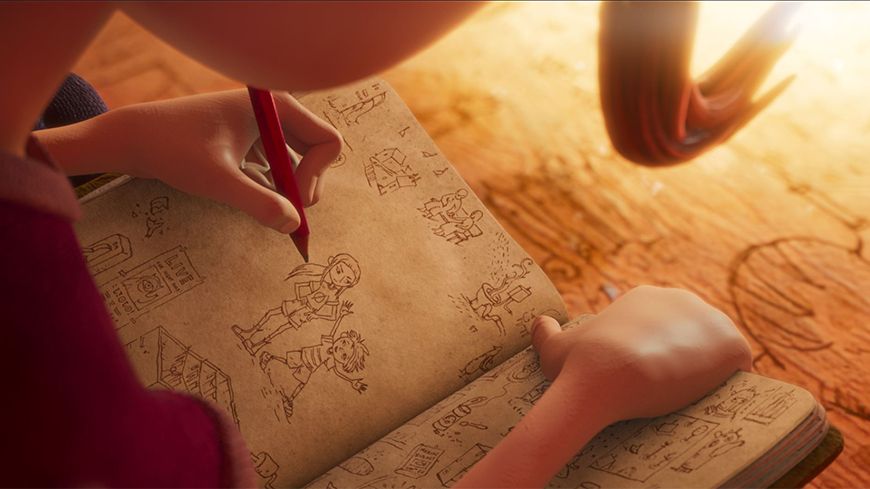
How did your anthology series Tales from Outer Suburbia come to be?
The conception of the original book happened gradually over twenty years ago. I was writing and doodling a lot in sketchbooks over a long period, and a bunch of stories emerged from this creative compost.
As a writer I always have lots of ideas, but never enough time to write and illustrate them because I’m such a slow poke, tending to do multiple revisions, painting in a meticulous way. However, I noticed all my stories tend to have something to do with lost people, mysterious machines and assorted animal visitors, so they form a cohesive anthology. They also persistently emerge from the time and landscape of my childhood, the northern suburbs of Perth in the early ‘80s, usually involving a couple of kids wandering quiet streets, discovering things that adults tend to either not notice or not care about.
What led to the development of the television adaptation?
Over the years there have been several proposals to adapt this book as either a feature film or TV series, but it’s quite a difficult transition to make. The stories are quite diverse in both content and style, without any perceivable narrative arc. There is a general consensus, rightly or wrongly, that this kind of storytelling does not work well for film or TV. Sophie (my producer, with whom I’ve collaborated for many years) led a discussion initially and then we began collaborating with Flying Bark and the writers about all the ways that various ideas in the original book might hang together within a more continuous narrative, centering on certain key characters.
I’ve always been very open to adaptation, having had most of my picture books adapted for theatre productions over the years. The adaptations I’ve enjoyed especially were of a kind quite different from the books: new stories, new characters, new situations, but still following the spirit of the original narrative style. So I’ve always been open to the idea of taking ideas from a book transferring and transforming them into different dramatic forms. The important thing for me is not plot or even character; it’s a certain sense of place, a certain spirit, a certain way of seeing things.
Can you tell me a bit about the interplay between the real and the surreal elements of Tales from Outer Suburbia?
I think all good fiction is necessarily a mix of fantasy and reality. Even the most straightforward story needs to be a little weird to be interesting. Since the earliest fireside yarns, something unexpected, even inconceivable, must happen within an otherwise normal world. A bear turns into a woman, a prophet rises from the dead, a feathered serpent descends from the sky. Our expectations are disrupted, and suddenly we have a story that lasts for a thousand years or so.
However, too much surrealism leads to an opaque, self-indulgent fantasy that is ultimately boring because it has no traction with our everyday lived experience: it just doesn’t feel real. Every artist knows this pitfall. Too little fantasy, and nothing much is revealed, the surface of everyday things remains unexcavated and dull. So, getting the balance right is the key to unlocking our imaginations, comfortably crossing the boundary between believable and unbelievable.

Can you tell me about the process of adapting your illustrations into on-screen animation?
Like any good creative work, the process has been long and convoluted. Lots of trial and error, a very meandering, evolutionary path. The key challenge was to take disparate stories and knit them together in a continuous series, done principally through regular writing meetings, while at the same time artists at Flying Bark tried to translate these into visual assets that would all, theoretically, mesh together into a singular narrative universe.
This was all highly collaborative. It was fascinating to see how our minds gradually synced as we spent more time in this world, and how the story team brought many of their own childhood and adolescent memories to the script, giving it the emotional texture of reality. That’s why the final story is a considerable departure from the book. In terms of visuals, the style is also very different from my own while still having some elements of it, based on the input of several artists and writers, the product of a big, ongoing conversation which always returned to that fine balance of surrealism with realism.
How has it been watching this project evolve and seeing the Tales from Outer Suburbia world come to life on screen?
Fascinating, mostly because so much of it is unfamiliar to me, novel in its look and feel. Flying Bark has done a brilliant job bringing all the elements of story and design together, into this strange miniature world that feels both weird and relatable. The last part of the animation process has been particularly interesting, seeing everything ‘click’ and line up, scenes and shots that have been discussed and storyboarded for years resolving into beautifully lit and textured moments, sound and music breathing life into everything. It’s always fascinating when these odd little manipulated puppets get up and seem to start talking for themselves, expressing their own identity on screen. That’s the joy of animation, the endless illusion of life in something entirely constructed and rigorously planned. It just seems to live by itself, in some other parallel universe.
What are you hoping the audience will feel when they watch this series?
Well, it may be an odd thing to say, but I hope audiences will be puzzled. Not confused or bewildered, but also not entirely understanding what, how or why things are happening in the story the way they do. I’ve never read a single good poem, listened to a great song or watched a terrific film that I can say I’ve fully understood. I love them because the meaning remains a little elusive.
I’ve staked my career on the belief that young audiences are very smart like this: they sense a constellation of deeper meanings beyond simple explanations. A golden fish pulled in from the sky, a friend made of junk coming from the earth, a girl hiding in an underpass with the head of a cat: all of these things should feel like familiar discrepancies in the fabric of normal life, like dreams with something important to say, but in a way that can never – should never – be spelled out. I hope they remind audiences of other things, people and situations in their own lives, things that also defy explanation, but still feel very truthful.
Finally, I hope that some young viewer will be inspired to write, illustrate and even animate their own stories about personal experiences, with a few little oddities thrown in, following the Tales from Outer Suburbia recipe, of how things that don’t make sense can still make sense. This seems to be the journey taken by the principal characters in the story, and it's the journey, arguably, that we are all on out here in the ‘real’ world.
Tales from Outer Suburbia will air on the ABC in Australia and BYUtv in the USA. The Australian Children’s Television Foundation (ACTF) will distribute the series.
Tales from Outer Suburbia is a Highly Spirited and Flying Bark Productions production for the ABC and BYUtv. Major production investment from Screen Australia and the Australian Children’s Television Foundation in association with the ABC and BYUtv. Produced in New South Wales and Western Australia with Siamese and financed with support from Screenwest. International sales by the Australian Children’s Television Foundation. Adapted from Shaun Tan's multi-award-winning book Tales from Outer Suburbia. Directed by Noel Cleary. Creative Director: Shaun Tan. Producers: Sophie Byrne and Alexia Gates-Foale. Co-producer: Francesca Hope. Executive Producers: Barbara Stephen, Bernadette O’Mahony, Andra Johnson Duke, Francesca Hope, Jeff Simpson, Julia Adams, Karen Vermeulen, Libbie Doherty.
